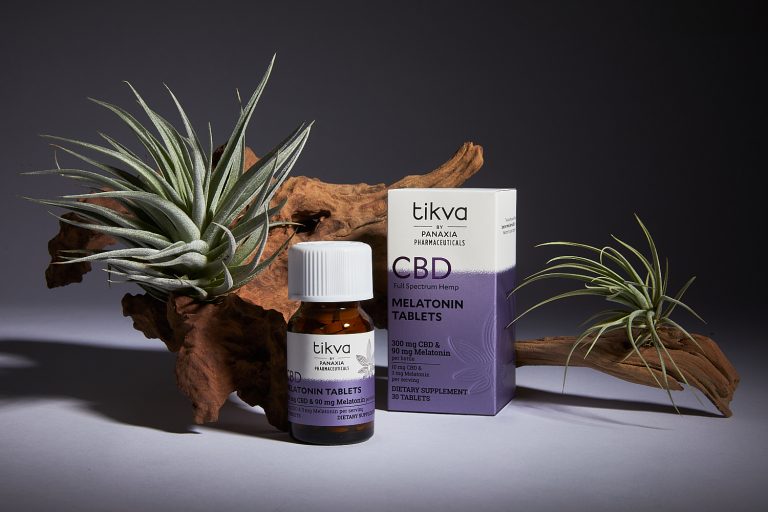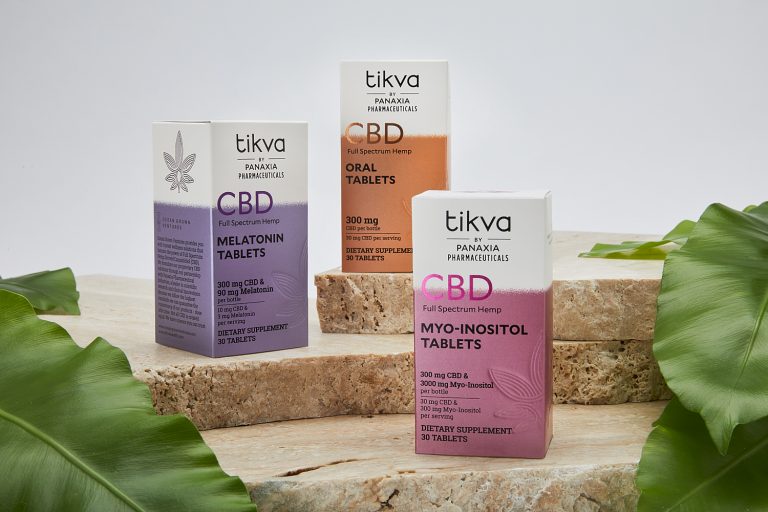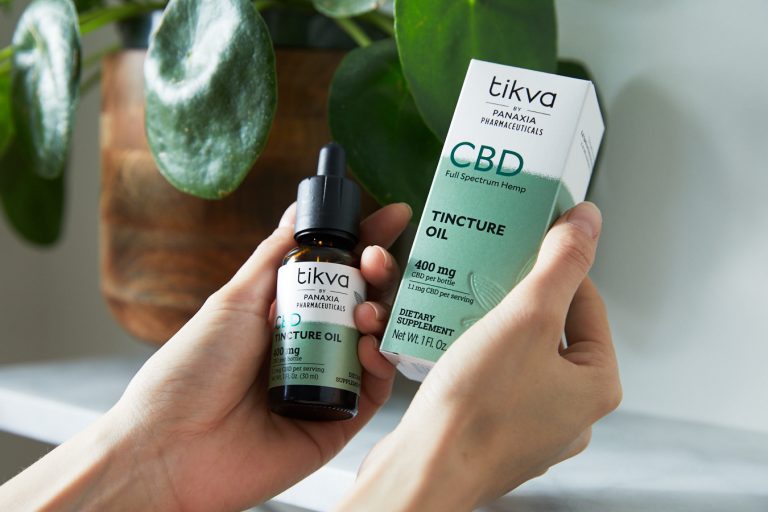How do Industry cGMPs Impact Tikva Products?
Although the earliest recorded use of the cannabis plant is ancient, dating back over four and a half millennia, the hemp industry is practically a newborn. It is so young that, as agreed upon by Flaccus, (Flaccus, 2019) the industry is so new that the regulations governing its usage are still in flux.
If hemp—the less controversial of cannabis’s two principal cultivations—must still cope with non-standardization and in-flux regulations, consider the gray areas that shroud the plant varieties cultivated for human consumption. This legislative limbo, in differing degrees across the United States and around the world, also affects products with hemp content that is mostly or entirely CBD—a non-psychoactive chemical compound that may support healthy cognitive function and offer immune system support (Maroon & Boost, 2018).
Tikva develops all of its dietary supplement and relief creams in its hemp-derived CBD portfolio according to the same industry-established current good manufacturing standards (cGMPs) that are generally understood by industry to be used by pharmaceutical companies. These procedures limit the risk for contamination, mix-ups, and errors, which is crucial because consumers can rarely detect whether something is safe or effective by merely seeing, touching, or smelling it (FDA, 2018).
For Tikva, the end product is therefore not only a beneficial solution, but one that is produced under the highest industry manufacturing standards and promises consistency in its dosing and delivery.
References






